How to Prepare for Your First Kayak Trip
Starting your first kayak trip? Here's what you need to know:
- Plan ahead: Choose calm, beginner-friendly waters like lakes or slow-moving rivers. Check weather conditions and always prioritize safety.
- Gear up: Wear a Coast Guard-approved life jacket (PFD). Bring essentials like a spare paddle, whistle, and dry bags for valuables. Dress for the water temperature, not the air.
- Practice basics: Learn how to launch, paddle, and turn safely. Stick close to shore and avoid heavy boat traffic.
- Stay safe: Always inform someone of your trip plans, avoid kayaking alone, and never paddle under the influence.
Preparation ensures a smooth, enjoyable experience on the water. Let’s break it down step by step.
Kayak Touring | How to Plan for a Kayaking Trip
Trip Planning: Picking the Right Location and Kayak
Choosing the right location and kayak is key to making your first paddling adventure safe and enjoyable. With some research and careful preparation, you’ll set yourself up for a smooth experience on the water.
Finding a Beginner-Friendly Location
For beginners, calm waters are your best friend. Look for ponds, lakes, or slow-moving rivers where you can practice paddling without the challenge of strong currents or waves. Areas with minimal boat traffic are also a good choice, as they make navigation less stressful.
Finding the right spot is easier than ever with tools like Paddling Maps, which features a database of over 48,000 canoeing and kayaking launch sites. Similarly, Paddling Trip Guides allows you to filter options by activity type, waterway, trip length, and skill level. Don’t forget to check local tourism websites for updates on launch sites, and confirm their availability with local resources.
Once you’ve picked your location, it’s time to choose the right kayak.
Picking the Right Kayak for Beginners
For beginners, stability is the most important feature in a kayak. A stable kayak not only boosts your confidence but also ensures a safer paddling experience. Inflatable kayaks are a popular choice for new paddlers because they’re stable, lightweight, and easy to transport.
At Elemental Sports, their inflatable kayaks are designed with beginners in mind. They come equipped with everything you need, including paddles, seats, carry bags, hand pumps, and repair kits. This all-in-one setup makes them a convenient option for first-timers.
Checking Weather and Water Conditions
Even with the perfect location and kayak, keeping an eye on weather and water conditions is critical. As Timesact emphasizes:
Weather conditions have a major impact on every kayaking adventure...even a subtle variation in the forecast will have an affect on your overall experience. This is why you should always check ahead and do your best to be well-prepared.
- Timesact
Wind speed is a key factor - paddling is safest when winds are below 10 knots (about 11.5 mph). Water temperature is another important consideration, as hypothermia can still be a risk even during warm weather. Use reliable tools like Windy.app or NOAA Weather Radar to monitor real-time conditions. For remote areas, download offline maps and forecasts to stay informed. Checking river gauges and tide charts can also help you anticipate how conditions might affect your route. If conditions seem unsafe, it’s always better to reschedule your trip. Safety should always come first.
Packing List: Gear and Safety Equipment
Having the right gear can make all the difference between a great adventure and a stressful experience. A well-thought-out packing list ensures you're ready for whatever challenges the water might bring.
Basic Gear for Your Kayak Trip
The personal flotation device (PFD) is your most essential piece of equipment. Always wear a Coast Guard-approved PFD while paddling - not only is it a smart move, but it's often required by law. Attach a whistle to your PFD for emergencies; sound travels much better over water than your voice ever could.
Bring a spare paddle - accidents happen, and it's better to be prepared. A bilge pump or bailer is also a must for removing water in rough conditions.
To keep your essentials like phones, keys, or extra clothes safe, use dry bags. If you're using an inflatable kayak, many models from Elemental Sports come with a repair kit, pump, paddles, seats, and carry bags, so check what's included before heading out.
Finally, choose clothing that keeps you comfortable and ready for changing conditions on the water.
Clothing and Sun Protection
When dressing for a kayak trip, focus on the water temperature - not just the air. As Manhattan Kayak Co. advises, "dress for immersion." This way, you'll stay safe and comfortable if you end up in the water.
Avoid cotton, as it traps moisture and loses insulation when wet. Opt for quick-drying fabrics like nylon, polyester, or merino wool. For warm weather, lightweight moisture-wicking base layers paired with a long-sleeve rash guard offer UV protection. Quick-dry shorts or leggings are ideal for comfort and ease of movement.
Sun protection is a must since UV rays reflect off the water, making them even stronger. Apply a high SPF, broad-spectrum, waterproof sunscreen to all exposed skin at least 30 minutes before heading out, and reapply every two hours. If possible, choose reef-safe sunscreen to minimize harm to aquatic ecosystems.
A wide-brimmed hat protects your head and face from the sun, while sunglasses with a safety strap shield your eyes and prevent them from falling into the water. For footwear, go with sandals with secure straps or water shoes with good grip for stability and comfort.
Safety and Emergency Items
A well-stocked first aid kit is a must. Keep it in a waterproof bag and make sure it's easy to access. Include supplies for treating cuts, scrapes, and other minor injuries that might occur while paddling or during launch and landing.
For emergencies, communication and signaling tools are critical. A VHF marine radio lets you contact emergency services or nearby boaters. Carry flares for visual signaling in rescue situations. A flashlight or headlamp is essential if your trip stretches into the evening or if you need to signal for help.
Lastly, pack a multipurpose tool for quick gear repairs or other unexpected situations. With these essentials, you're set for a safer and more enjoyable kayaking experience.
sbb-itb-2bb67b7
On the Water: Launching, Paddling, and Staying Safe
Once you’ve planned your trip and packed your gear, it’s time to hit the water. A smooth launch and good technique will set the tone for an enjoyable kayaking experience.
How to Launch and Get in Your Kayak Safely
Before getting started, double-check that your safety gear - especially a well-fitted PFD - is in place. Secure your dry bags, adjust the foot pegs, and make sure any rudder or skeg is raised.
For a shoreline launch, which is beginner-friendly, position your kayak parallel to the shore in shallow water (knee-deep is a good depth). Straddle the kayak as you would a horse, then slowly lower yourself into the seat, keeping your hands on the cockpit edges for balance. As Megan Green, an instructor at REI Outdoor School, explains:
"When you launch a kayak, you'll have two common scenarios: Shoreline launches, where you straddle the boat before you sit in it; Dock launches, where you have to maintain your balance as you slide your feet and butt into the boat."
For dock launches, align the kayak parallel to the dock. Sit on the dock’s edge with your feet inside the kayak, then carefully step in while lowering yourself into the seat.
On rocky shores, your paddle can serve as an outrigger - hold it perpendicular to the kayak, resting it on the shore or rocks for stability as you ease into the seat. If you’re launching in surf zones (not ideal for beginners), assess the waves first. Position the kayak to face into the waves, get in quickly, and paddle past the break zone without delay.
It’s a good idea to practice these techniques in calm waters until you’re comfortable.
Basic Paddling Techniques for Beginners
Once you’re in the water, proper paddling techniques will help you stay in control and conserve energy. Start by holding your paddle so your hands are spaced far enough apart that your elbows form 90-degree angles when raised.
For the forward stroke, place the paddle blade near your feet, rotate your torso, and lift the blade once your hand passes your hip. To slow down or move backward, use the reverse stroke: immerse the blade near your hip, then rotate your torso as the blade moves toward the front of the kayak.
To turn, use the sweep stroke. Extend your arms and dip the blade near your feet, then sweep it in a wide arc toward the back of the kayak. Sweeping on the right side will turn the kayak left, and vice versa.
Take time to practice these strokes in calm, safe conditions. Focus on smooth, controlled movements rather than brute force.
Staying Safe on the Water
Safety should always be your top priority while kayaking. Your decisions on the water play a major role in ensuring a safe trip.
Stick close to shore, especially as a beginner, so you’re within swimming distance if needed. Avoid areas with heavy boat traffic, and if motorboats are nearby, stay near the shore and approach any waves head-on or at a slight angle to reduce the risk of capsizing.
Before heading out, check the weather and water conditions. Avoid paddling in high winds, fog, thunderstorms, or extreme temperatures. If the water temperature is below 60°F, be extra cautious - cold water significantly increases the risk of fatal accidents. Night paddling is best left to experienced kayakers who know their route well.
Always inform someone of your plans, including your route and expected return time. Paddling with a group is safer than going solo.
If you capsize, keep your feet pointed downstream and off the riverbed to avoid getting caught on debris. Stay upstream of your kayak to reduce the risk of being pinned against obstacles. Never paddle under the influence of drugs or alcohol, and avoid tethering yourself or your PFD to the kayak.
In 2018, there were 4,145 boating accidents, leading to 630 fatalities. Of those deaths, 84% involved individuals who weren’t wearing a life jacket. A PFD isn’t just a recommendation - it’s a lifesaver.
Finally, learning self-rescue techniques will give you the confidence and skills to handle unexpected situations, making every adventure safer and more enjoyable.
Conclusion: Final Tips for a Successful Trip
Your first kayaking trip is just the start of many safe and enjoyable adventures, as long as you plan carefully. Let’s go over some key safety tips and practical advice to help you prepare for this exciting experience and future paddling journeys.
Key Points for First-Time Kayakers
Preparation is everything. Start with calm, flat water that matches your skill level, and take the time to research local weather and potential hazards before heading out. Create a float plan that includes your route, departure and return times, and share it with someone you trust, like a friend, park ranger, or even the Coast Guard.
Safety gear is non-negotiable. Wear a Coast Guard-approved personal flotation device (PFD) at all times, and carry essentials like a spare paddle, whistle, and headlamp. When dressing, prioritize the water temperature over the air temperature - thermal protection is crucial in colder conditions. As adventure photographer Jill Brown wisely says:
"If the kayak floats, the paddle works and your personal flotation device fits, then you can be out on the water."
For beginners, it’s best not to paddle alone. Keep your first outings short and focus on enjoying the experience rather than aiming for long distances.
Building confidence takes practice. Guided lessons and self-rescue drills are fantastic ways to improve your skills and prepare you for more advanced adventures.
Planning Your Next Adventure
Once you’ve tackled the basics, it’s time to think about your next kayaking challenge. Reflect on your first trip - what worked well, and what could be improved? This kind of reflection will help you plan future outings that build on your skills and boost your confidence.
Consider using apps to track your progress by measuring your speed, distance, and paddling efficiency. Work on refining your paddling technique, focusing on engaging your core to reduce strain on your arms.
As you gain experience, gradually take on more challenging environments. Start with slightly larger lakes and, over time, explore rocky shorelines or mild currents. It’s also a good idea to practice in different types of kayaks since rental models can vary in size and shape.
When you’re ready, upgrading your gear can elevate your experience. For example, Elemental Sports offers lightweight, high-performance inflatable kayaks like the Sea Eagle FastTrack™ series, designed for speed and efficiency, or the Explorer series, known for versatility and adaptability. These portable options make it easy to explore new waters and expand your horizons.
With thoughtful preparation, the right equipment, and a focus on safety, your first kayaking trip can mark the beginning of endless adventures on the water.
FAQs
What type of kayak is best for beginners, and why are inflatable kayaks a great choice?
For those just starting out, the best kayaks are designed to be stable, easy to handle, and beginner-friendly. Inflatable kayaks are a fantastic option for newcomers because they’re lightweight, portable, and simple to store. Their wider base adds extra stability, reducing the chances of tipping over - perfect for gaining confidence on the water.
Another advantage is how easy inflatable kayaks are to set up and transport. When deflated, they can fit conveniently into a car trunk or a small closet. Models like the Sea Eagle FastTrack™ or the Explorer series are excellent examples, combining durability, reliable performance, and ease of use. These qualities make inflatable kayaks an ideal choice for anyone eager to dive into kayaking without dealing with heavy or cumbersome gear.
What should I do if the weather changes unexpectedly while kayaking?
To stay safe while kayaking during unpredictable weather, always start by checking the forecast before heading out. Once on the water, keep an eye on the sky for any sudden changes. If you spot dark clouds or feel strong winds picking up, head for the nearest shore right away. Avoid staying in open water during storms, especially if there’s lightning, and steer clear of paddling in winds exceeding 12–15 mph to maintain control of your kayak.
Dress for the conditions, layering up and wearing waterproof gear if necessary, to stay warm and dry. Make sure you have essential safety items with you, such as a whistle, a life jacket, and a waterproof phone case so you can call for help if needed. Being prepared and acting quickly can make all the difference in keeping your kayaking adventure safe and enjoyable.
What self-rescue techniques should beginners know before their first kayak trip?
Before you set off on your first kayaking adventure, it’s crucial to get familiar with basic self-rescue techniques to ensure your safety on the water. One essential skill to practice is the paddle float re-entry. This involves using a paddle float attached to your paddle to stabilize yourself while climbing back into your kayak after a capsize. Another handy option is the heel hook technique, which helps you re-enter the kayak more easily without needing outside help.
It’s also important to work on wet exits, so you know how to safely exit your kayak if it flips over. Once you’re back in, make sure you’re comfortable with how to pump water out of the cockpit to keep things manageable. Mastering these techniques will not only build your confidence but also prepare you to handle unexpected situations during your trip.




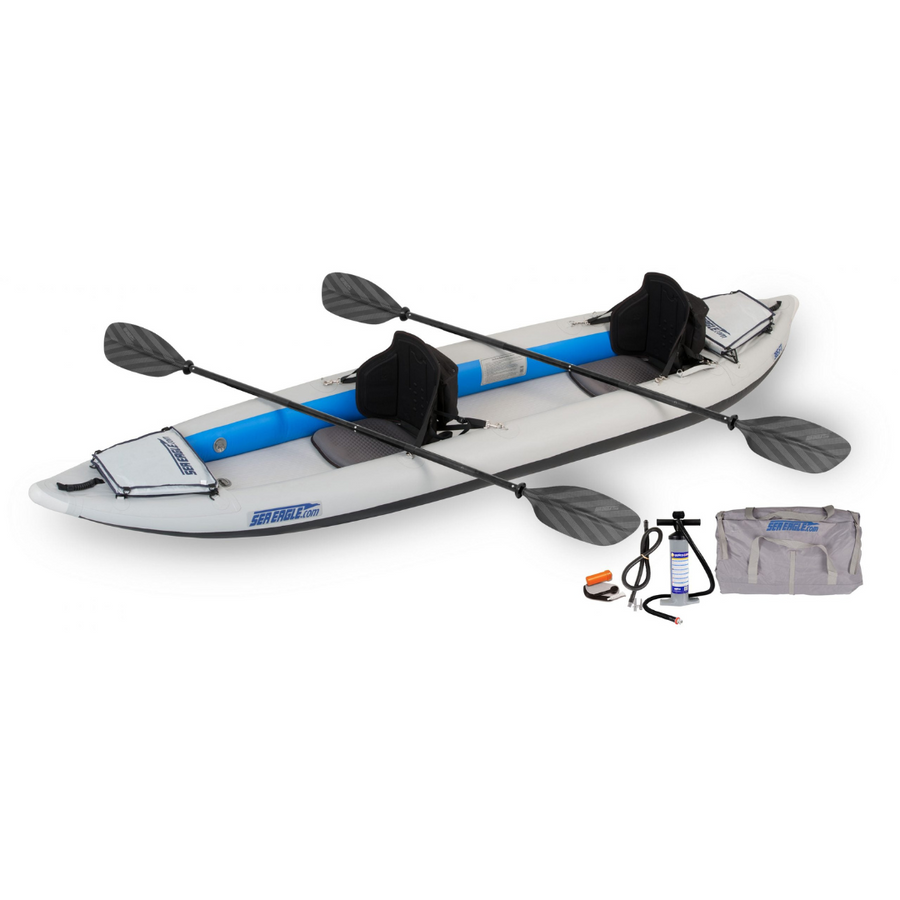
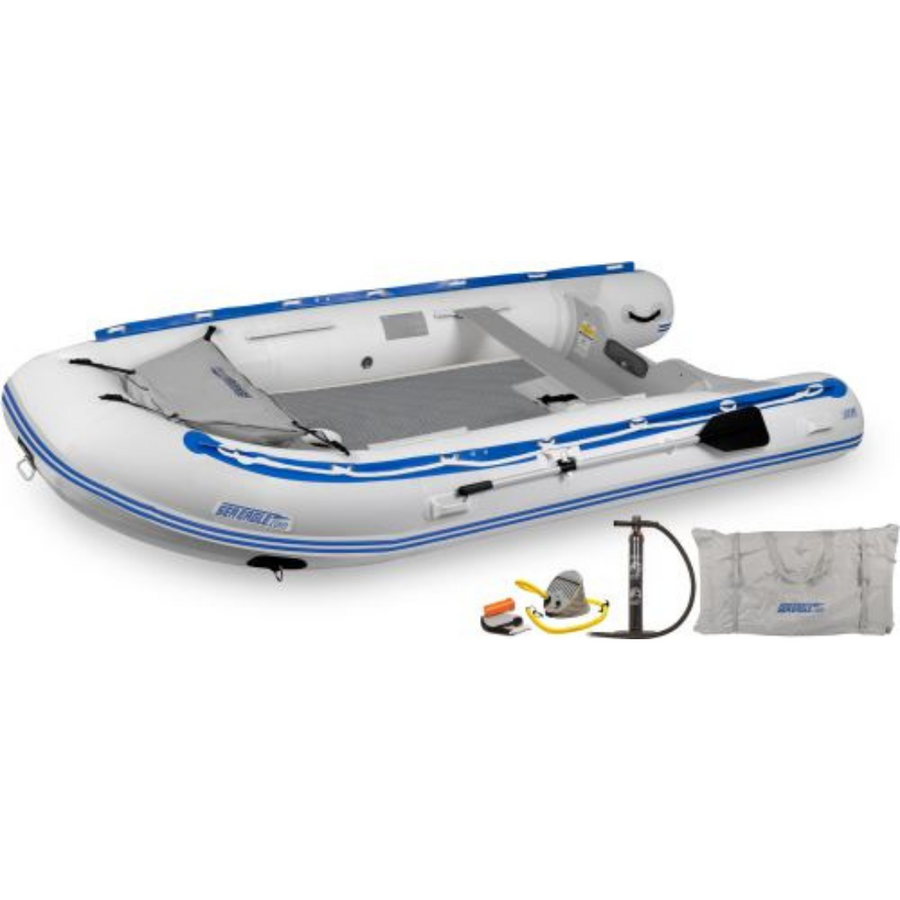
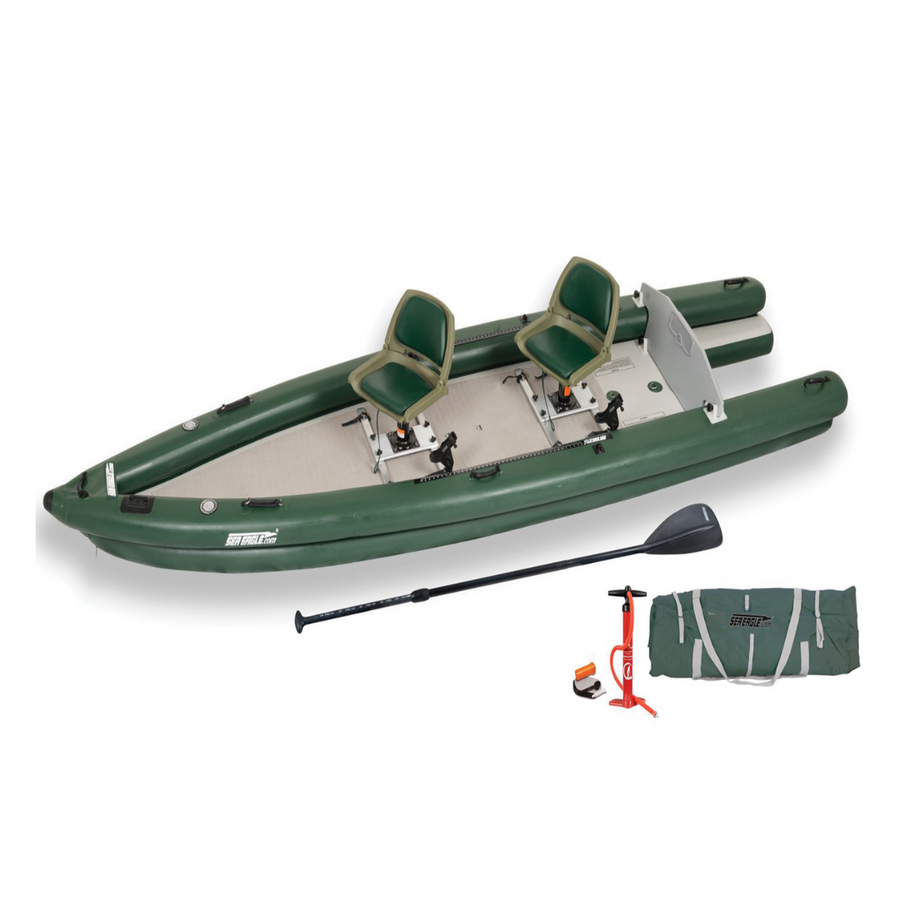
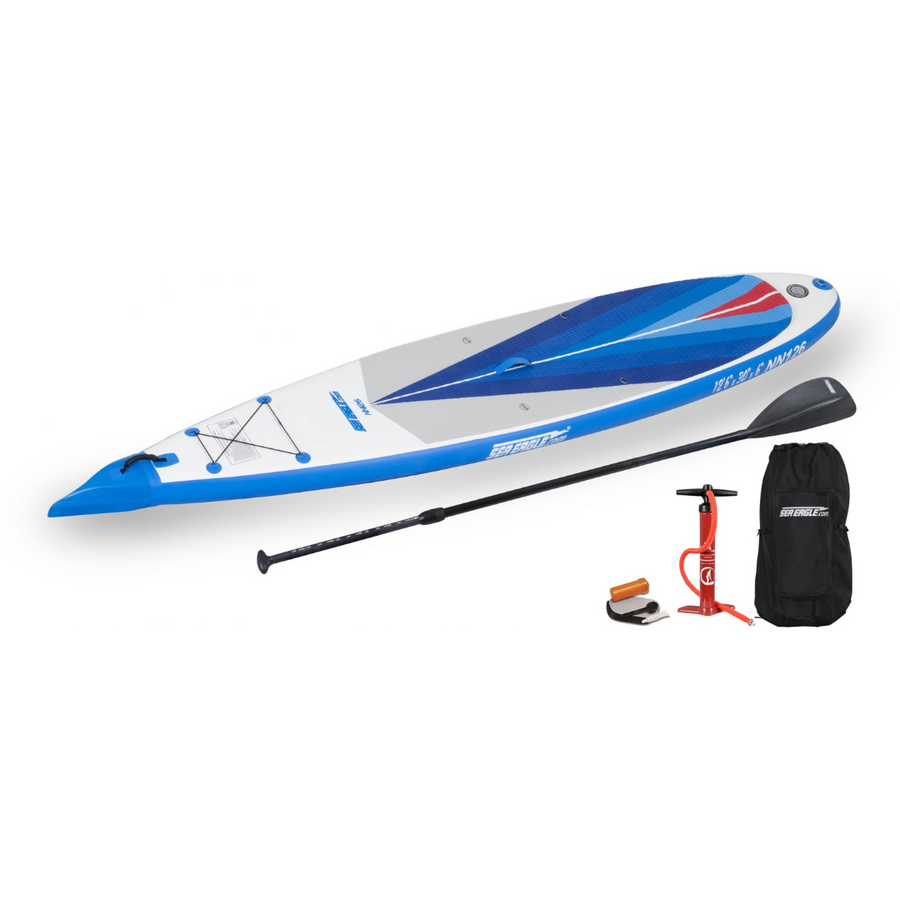
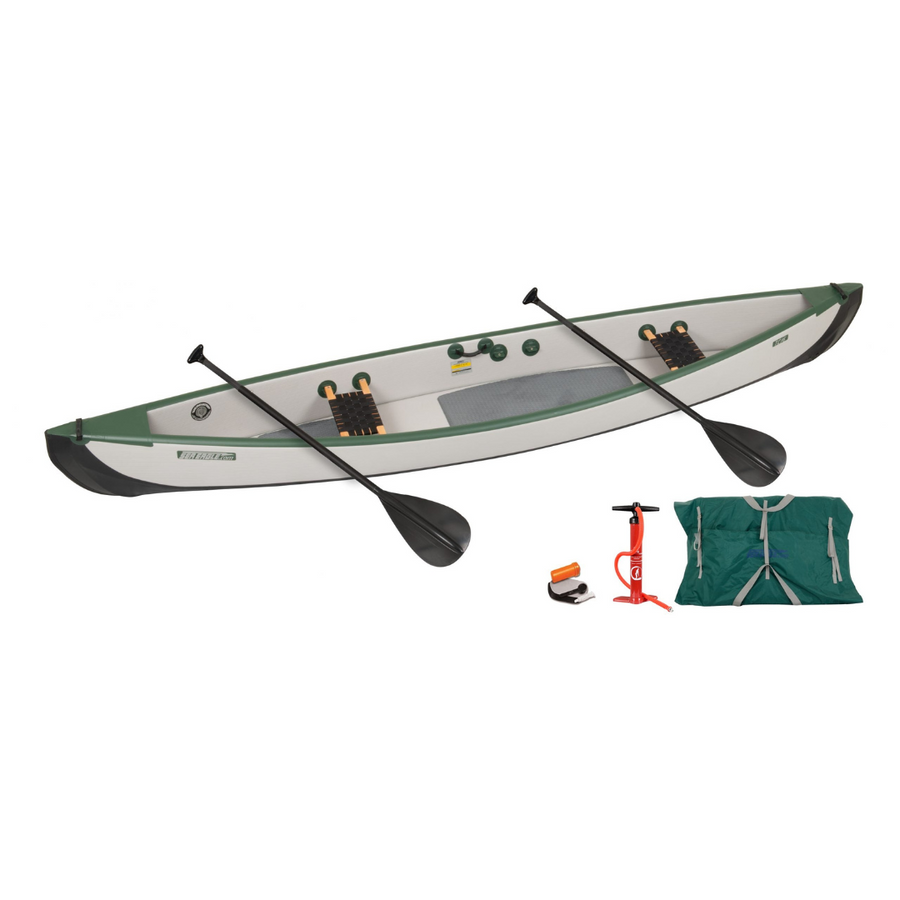
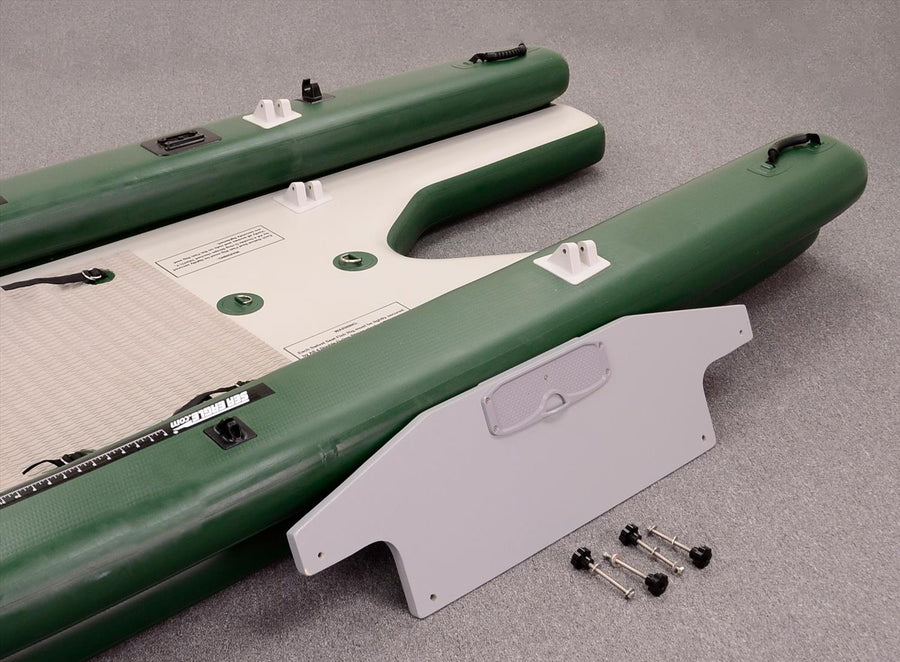


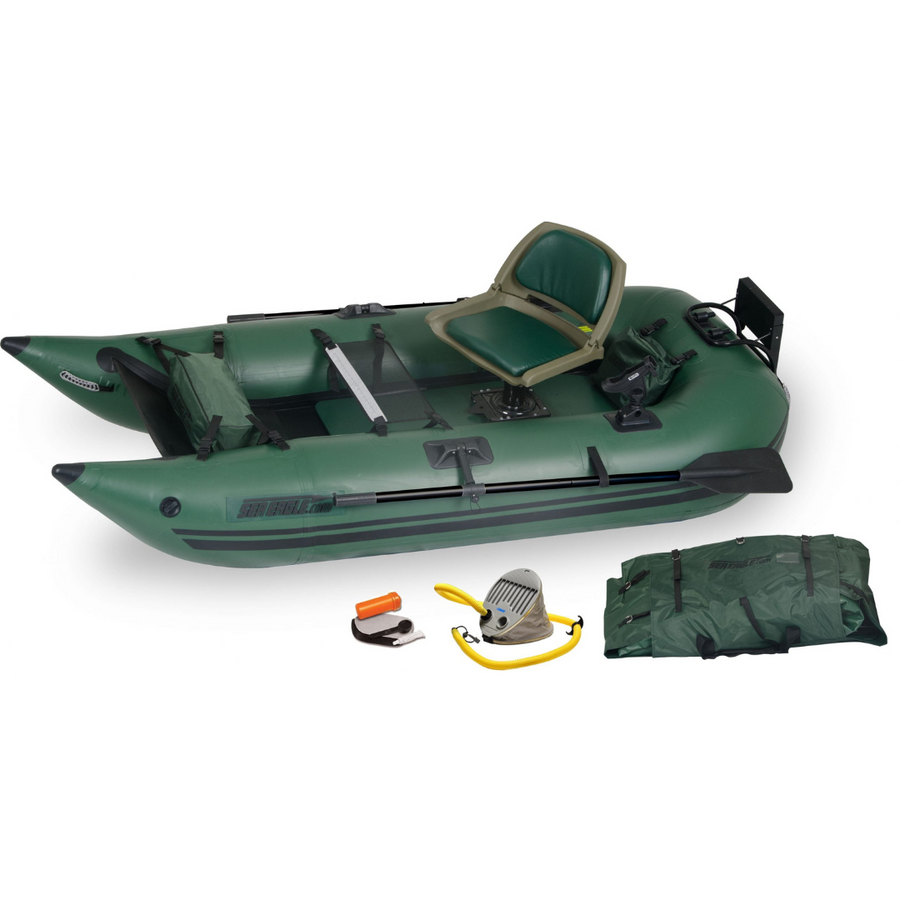
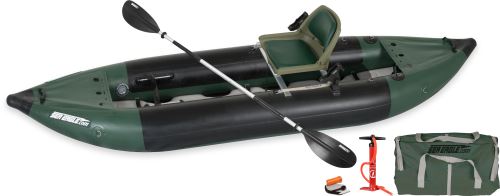
Leave a comment